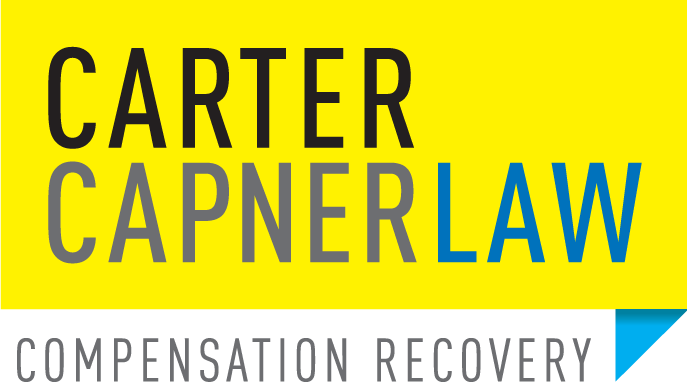Laura (00:00):
… an aviation law expert, Peter Carter. Good afternoon, Peter.
Peter Carter (00:04):
Good afternoon, Laura.
Laura (00:05):
Now, the video footage we’ve seen of the fire that the crash caused seems very intense. Is it striking to you that no one apart from the pilot was killed?
Peter Carter (00:16):
Well, I understand that there were some occupants in the top level, underneath where the impact occurred, that sustained minor injuries, but we are thankful that there’d be no other deaths.
Laura (00:28):
The circumstances do seem quite murky here. How are we expecting this investigation to unfold over the next few days and possibly months?
Peter Carter (00:37):
Well, even more materials emerged through the course of today. We now know from the company that it wasn’t one of their pilots who took the aircraft out. They say they’re classifying it as someone who’s unauthorized. That’s still a little bit mysterious in my opinion. Is it a stolen aircraft situation or something different? As soon as we get to the bottom of that, we will come to the first base in deciding what happened and being able to put together a sequence of events.
Laura (01:08):
Well, that’s true, and I guess we can only speculate right now, but does it raise questions about airport security, how an unauthorized takeoff could even happen without someone realizing?
Peter Carter (01:20):
Well, your car can be stolen without you knowing. I think the same thing goes at an airport, but one would expect a helicopter to be locked in a hangar. So not only did the person get into the general aviation area, which is secure, also managed to get into the aircraft hangar. So that does raise questions. How serious those questions are is yet to be determined.
Laura (01:46):
What factors will investigators be examining when determining how the aircraft struck the building and whether that was down to pilot misjudgment or a fault in the aircraft?
Peter Carter (01:57):
Well, that’s another big part of the investigation. They’ll look at witness accounts, video, speed the aircraft struck the building at. They’ll also look at engine to see whether it was delivering power at the time of impact or whether there was some potential fault in the engine or power plant or some other component of the aircraft. So that’s a big question still to be determined. Even if it was a misadventure, a stolen aircraft situation, it’s still important to determine how the impact occurred.
Laura (02:35):
And how will they determine where perhaps compensation claims might come. Would the hotel be looking at claiming some sort of compensation for suffering damage, and also those two people who were taken to hospital suffering shock and smoke inhalation?
Peter Carter (02:52):
They might in each case, but we need to know exactly what happened first. If it was a flight of fancy by someone or a stolen aircraft situation, I doubt there’d be any opportunity for compensation on anyone’s part. So we’ve really still got to wait to see what happened before that question can be addressed.
Laura (03:16):
Have there been claims from non-passengers in aviation crashes in the past for psychological distress?
Peter Carter (03:22):
There have. It is an area with some controversy in Australian law at the moment, but prima facie, they can claim compensation against the wrongdoer. Here, the wrongdoer might be someone against whom no real claim could be made because of their financial situation. It’s unlikely there’ll be an insurer who will stand up and say, “Look, we’ll accept responsibility.”
Laura (03:51):
Well, as you said, a lot still to play out in this investigation. Appreciate you speaking with us about it today.
Peter Carter (03:58):
Thanks, Laura.
Laura (03:59):
That’s pilot and aviation law expert, Peter Carter there.


